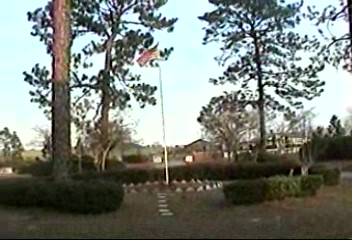My first stop in Macon was the Tubman Museum, then a growing museum dedicated to African American art and culture. It included folk art and other non-documentary sources in its telling of history, which reminded me of working in African history. It included more than just Tubman’s story and featured local African-American leaders as well. It was nicely done, and I was delighted to see groups of school kids there on a field trip the morning I visited. I suspect they restricted photography because I have no photos of it now.
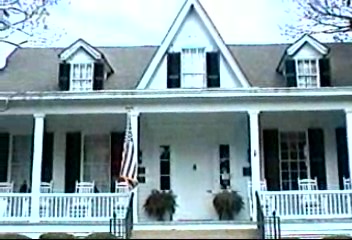
My next stop was the Sidney Lanier Cottage, a local man who went on to fame and fortune as a classical musician and poet who died at 39. The cottage was preserved by rolling it on logs from its original site.
I was surprised to find Macon easy to navigate. It was not as big as I expected, and it too was spared burning during Sherman’s March to the Sea. The local lore in Macon is that the ladies had the General in for tea so he spared the town. It was a bit slower than Athens.
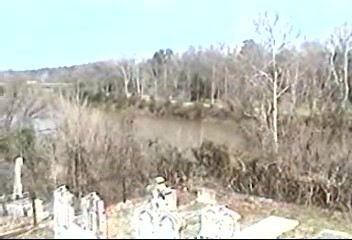
The tour guide at the Lanier Cottage recommended Rose Hill Cemetery, which opened outside town in 1840 and provided beautiful views of the city. Tamu and I walked a bit, viewing the old graves. After the previous day full of Antebellum Greek Revival architecture, I opted to see the Hay House next, which was an ongoing historic preservation effort of an Italianate House built just at the end of the Antebellum era. It was grand and opulent. Interestingly, the tour included not just the restored ground floor, but also the second floor in the midst of restoration to demonstrate the work that goes into restoration processes. If you are ever considering buying such a house for restoration, a visit to the second floor may convince you otherwise.
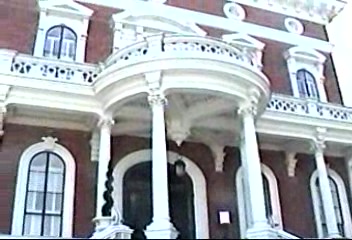
In addition to Macon, I wanted to get to a small town named Fitzgerald before its museums closed. Fitzgerald is a town founded after the Civil War by Union and Confederate soldiers. It has a Blue & Gray Museum that tells the story of the town and a historic depot. I did not get there early enough for the museum, but got to see the depot. The streets are named for generals from both armies, and once housed a headquarters for the ladies’ auxiliary of the Grand Army of the Republic. Another interesting feature of the town is that it is populated by Burmese chickens, which were stocked by the Georgia Department of Natural Resources as an additional game bird along the Ocmulgee River, which flows in both Macon and Fitzgerald. Instead of staying at the river, they flocked to Fitzgerald and they continue to run wild along the streets. Tamu went a little crazy trying to chase them. The town and even its local Evergreen Cemetery was built around unity, so Confederates and Union solders are buried next to each other. The city was also a a charming and picturesque place.
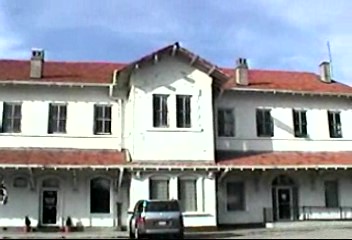
In addition to the foundation and design of the town, Fitzgerald is also noteworthy because it was built near the site where Jefferson Davis was captured in 1865. He camped locally near two Union Army units who were fighting each other because, in the haze of war, they believed the other to be Confederates. They eventually stopped and found the Confederate leader camping nearby and arrested him. I was surprised to discover that he was imprisoned in Virginia for only two years before he was freed without trial for treason, apparently in an effort to spur reconciliation. In addition to the capture, this site notes that two Union soldiers from Michigan were killed in the fighting there, making them the last two casualties of the Civil War.
